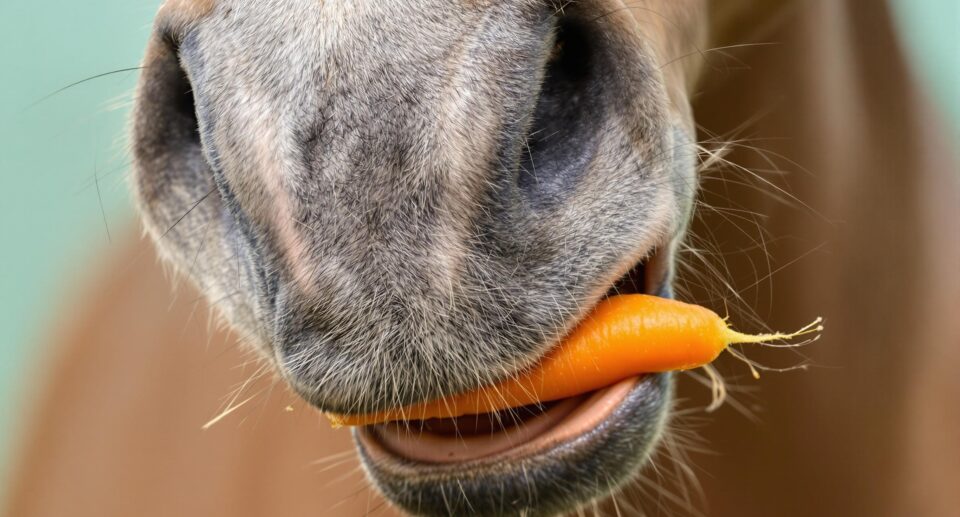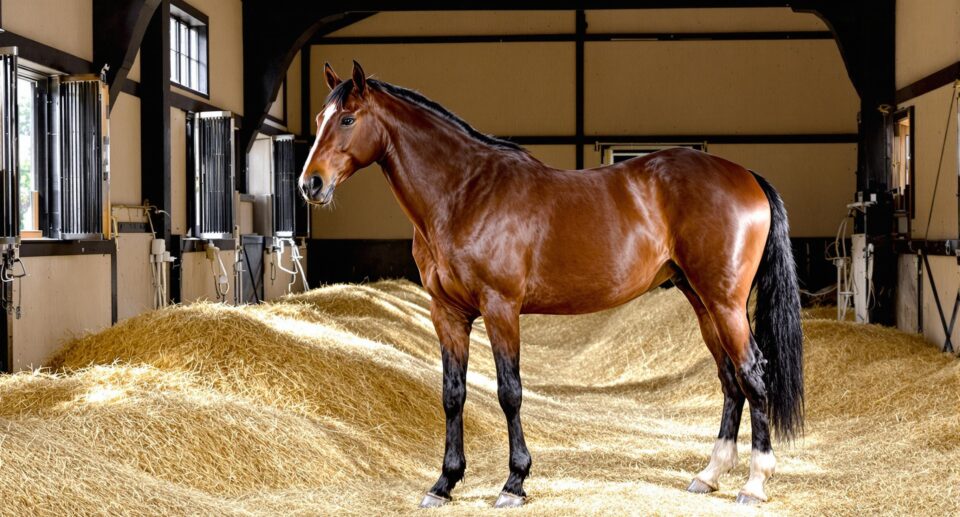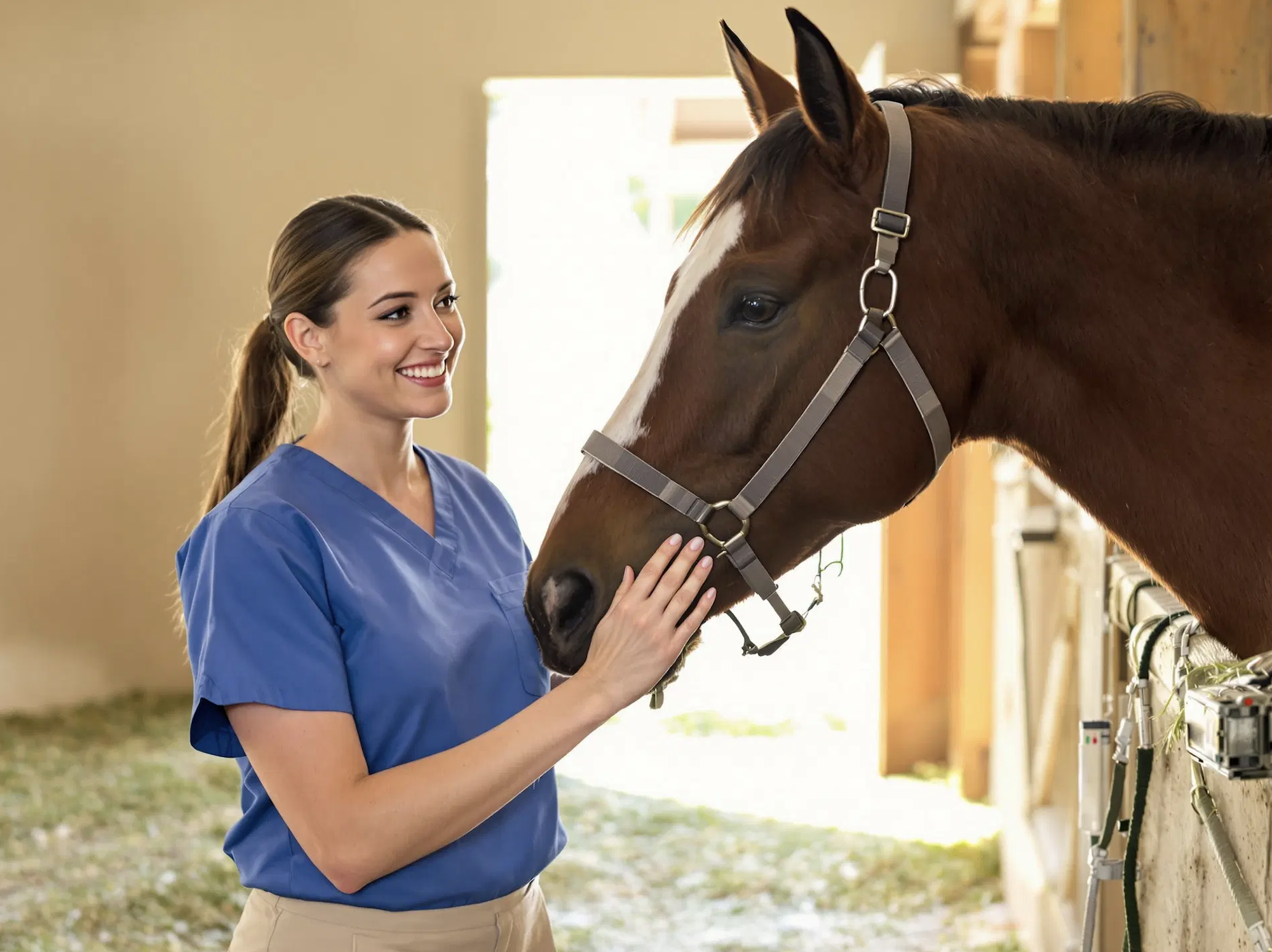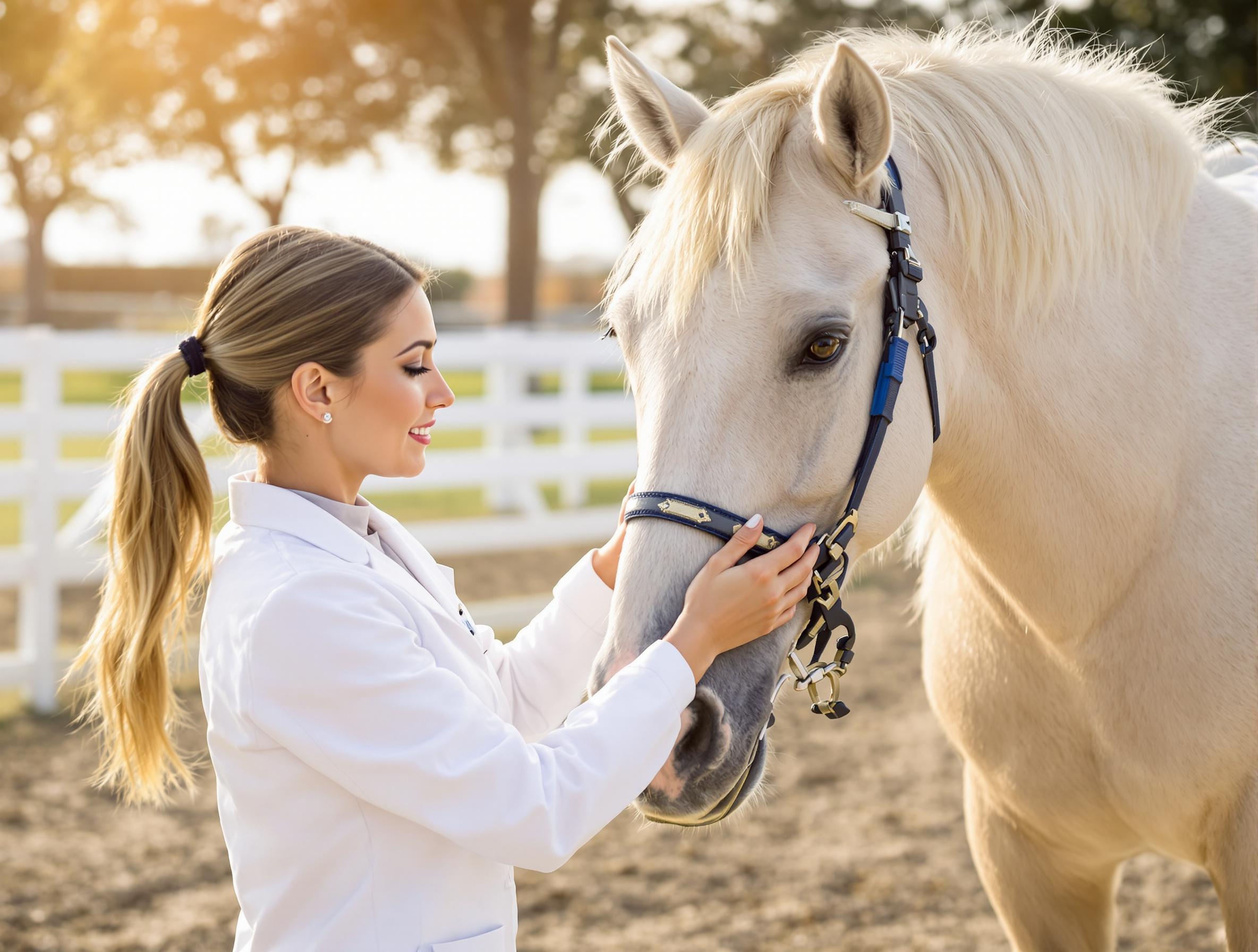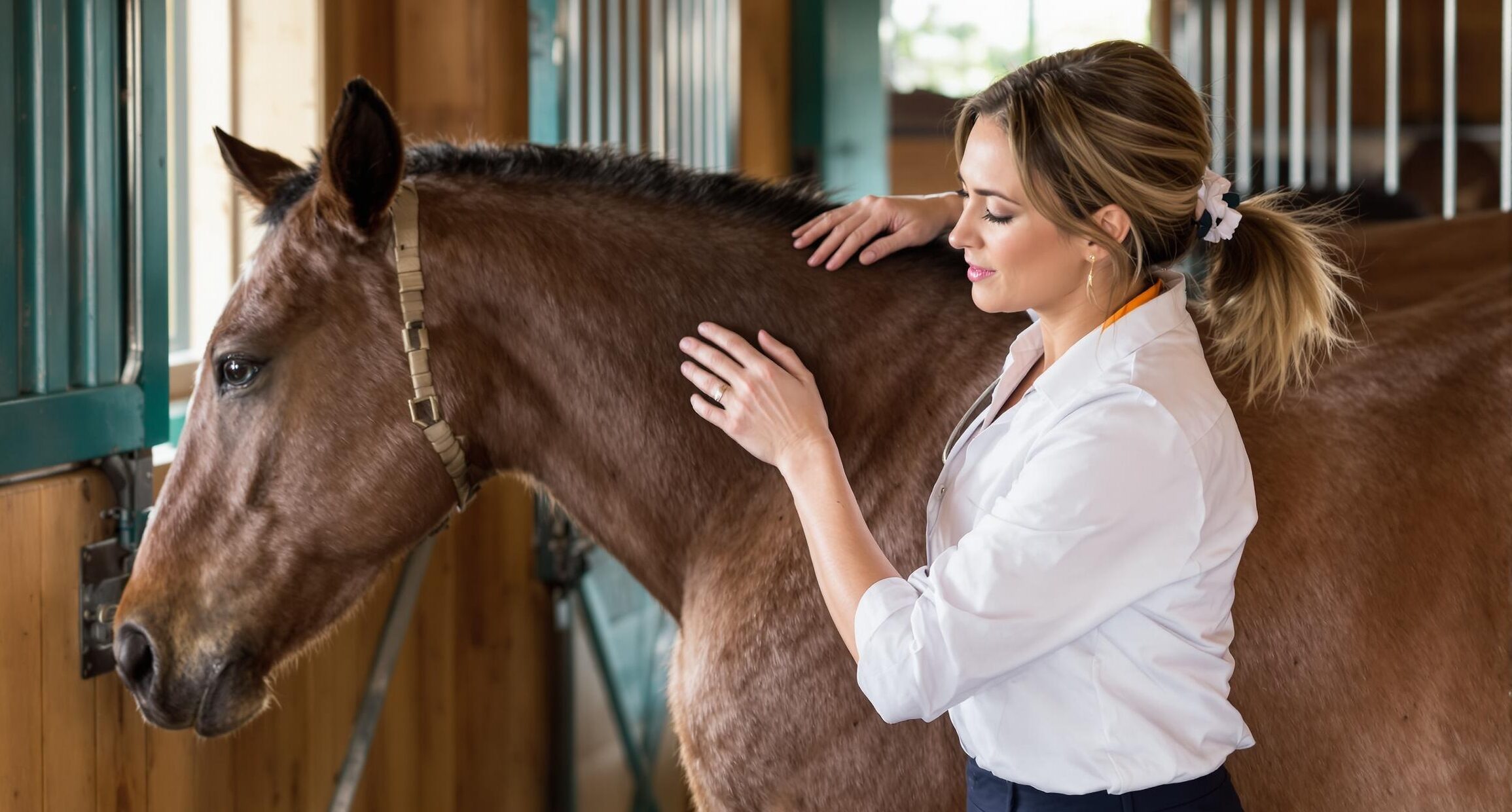Can A Horse Recover From Lameness
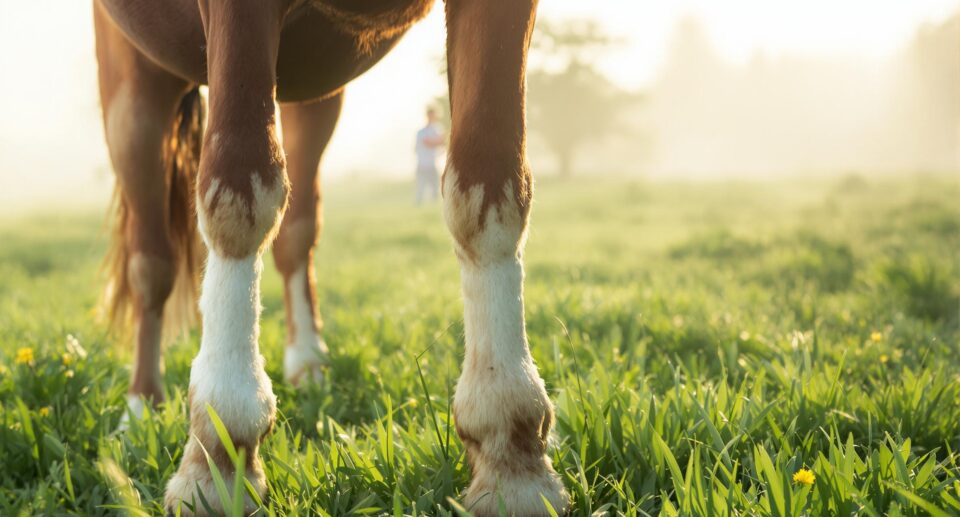
Lameness is the most common reason for horses to lose their ability to compete, ride, or work. Even so, a horse can recover from lameness in many cases. Whether or not your horse will make a full recovery will depend on the severity of their condition, their age, how quickly they are treated, and what treatments are available to them.
What To Do At The First Signs Of Lameness
When you first notice that your horse seems to be in pain or their gait has changed, or if they are avoiding putting their weight on one hoof, chances are they have been in pain for a while. It’s important to have them rest immediately until you are able to determine the underlying cause.
You can manage pain and reduce inflammation by wrapping the affected hoof, immersing the hoof in ice water, and/or using over-the-counter painkillers. DMSO Gel for Pets is a topical solution that’s used to manage pain. A holistic pain management solution like T-Relief Tablets is another product that’s good to have on-hand in case of mild injuries.
Check the affected hoof for odor, warmth, or an especially noticeable pulse. All are signs of a possible infection or laminitis and require treatment from your veterinarian as soon as possible.
Common Reasons For Lameness In Horses
Osteoarthritis
Most horses will experience some joint degeneration by the time they’re in their golden years, though repeated soft tissue injury can accelerate the process. Stiffness, swelling, and warmth at the affected joints are signs of possible arthritis.
Prognosis: Horses with mild arthritis should still be exercised, and many can keep up with near-normal to normal levels of activity in the early stages. Treatments can manage pain and inflammation and even slow the progression of joint degeneration. Over-the-counter NSAIDs, omega-3 fatty acid supplementation, and light exercise can be used to manage arthritis in mild, early stages.
Laminitis
Laminitis is a painful condition in which the laminae structures that attach the coffin bone to the hoof wall become inflamed. If not treated early, it can lead to permanent damage. Laminitis is suspected when your horse has an altered gait or reluctance to bear weight on their hoof, and you may also feel warmth radiating from the top of the hoof.
Prognosis: Laminitis is often recurring, though it can be managed through diet and with supplements like HEIRO Insulin Resistance. In mild cases, the horse can return to their normal level of activity, and in severe cases, euthanasia may be necessary.
Soft Tissue Injuries
Soft tissue injuries include bruising, spraining, or tearing that affects soft tissues like ligaments and tendons. You may notice swelling and warmth radiating from the affected area. To promote recovery, you can soak the affected hoof in ice water, keep your horse rested with the exception of gentle hand-walking, and use OTC medications. Your veterinarian can perform a physical examination and/or an ultrasound to determine the severity of the injury and whether it needs additional treatment.
Prognosis: Horses can make a full recovery from a soft tissue injury in weeks or months, but some end up with chronic joint issues or recurring pain.
Other Causes of Lameness In Horses
Many causes of lameness share the same symptoms. It can have unseen, underlying causes like a neurological issue or a congenital disorder. You’ll want to see your veterinarian for a formal diagnosis and to discuss your treatment options to give your horse the best chance of recovery.

